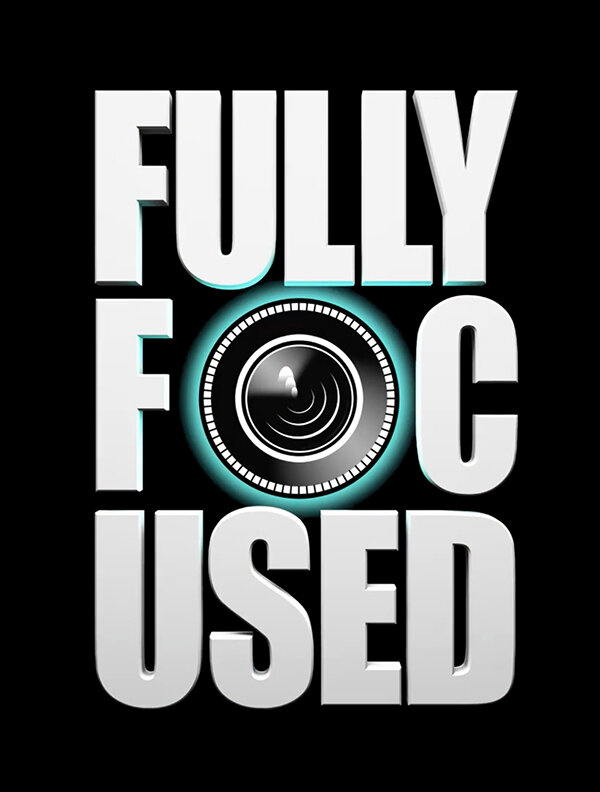I NEED TO TALK TO GOD
A collaboration with Apple Creative Studios and Fully Focused
I need to talk to God is an experimental abstract film, depicting how it feels to be alienated from your environment and family. The film articulates a larger conversation concerning black identity, migration and colonialism.
It reinverts it’s given prompt of belonging, analysing how it feels to not belong. The story is abstract and surreal, rather than traditional and linear. As the film unfolds, the layers direct you to a larger story concerning black identity and migration, revealing the psychological consequences of displacement.
STARRING
Selorm Adonu as Boy
Delove Akra as Girl
Ethan Akotiah as Brother
Yemisi Obasaju as Mother
CREDITS
Elisha Tawe, Director
Kami Gakuru, Producer
Sylver Mair, Art Director
Interview with
the director, producer and art director
by Layla Mahmood
A haunting sound pierces throughout the backdrop of I need to talk to God. A static like hum reminiscent of the crackle of vintage speakers; or the eerie white noise that permeates your bedroom when suddenly awakening from a nightmare. It is disorienting and displaced; fitting, as the film visually expresses the interior conflict of displacement within the protagonist. The film portrays a quest for home, as we observe the fragmentation of the main character, who shifts between hostile environments of alienation, to nurturing spaces composed of family. So how does one acquire a sense of belonging when thrust into contradictory spaces? Especially, when separated from loved ones? I need to talk to God attempt’s to answer this question through a poetic visual journey, centered on emotion, rather than a linear narrative; reflecting on race, ethnicity and identity.
Elisha Tawe, the director of the film, has a deeply personal connection to the story:
“Growing up I was always sort of torn between places. I moved around a lot. I never fully felt like I belonged anywhere. I live in England now, but I don’t feel like I’m English. I’m Cameroonian but as I left the country early on in my life Cameroon doesn’t really feel like home either”. Moving between different countries encouraged him to ask questions around his identity, having to create his own conception, not based on traditional notions tied to geography.
INTTTG illustrates this fragmentation, where the protagonist shifts between his memories of loved ones, to his current isolation: “I’m often drawn to layered depictions of frustration and rage so we tried to visually depict the rage, pain and frustration that comes with separation from family and friends. The outdoor scenes where our protagonist is isolated in this destitute-looking landscape sort of serves as allegory for that emptiness he feels”.
During these memories, we see his loved ones (his mother, brother and partner) dressed in traditional styles from Cameroon, directing the viewer to a larger story concerning identity and migration. Sylver Mair, an artist and jewelry designer, who constructed all of the jewelry and wardrobe in the film details its importance: “Me and the director went back and forth a lot about how to reference African styles in Cameroon but also wanted to give it a modern twist.” Adding: “The fabrics for the brother and the protagonist are the same fabric which was based off this cloth, which is called the ndop cloth. They [in Cameroon] would dye this cloth, but use a relief dying method. They cover bits of it with stitching and then dye it and then pull out the stitching and it leaves this pattern. It’s heavily associated with the royalty in Cameroon, but in recent years it's been appropriated by big brands, and taken apart by western notions of appropriation. We were inspired by that and this idea of taking it back”.
This notion of cultural appropriation which can lead to cultural erasure, is a commentary on how immigrant communities impacted by colonialism can have their histories erased and re-written by those in power. INTTTG is not only a reclaiming of Cameroonian identity from western erasure, but also expresses the importance of highlighting the rich history and culture that existed in nations, pre-colonialism. Sylver says: “It's important to shake up this idea that we didn’t have communities and all of this wealth of belonging before it all got shaken up by colonialism and then windrush and stuff like that. I feel like the film addresses a darker side of belonging. The big question is ‘how do you find a new community and place to belong in this new environment that doesn’t necessarily want you to belong?’”.
Creative producer, Kami Gakuru, echoes this sentiment, discussing the role of race in the film: “When it comes to the racial aspect of belonging, race being a social construct, it's kind of like you are made to feel like you don't belong. I know that ethnicity does play a role too. So I think that feeling compounds and so you not only look like a stranger, you think like a stranger and talk like a stranger, which are all things that physically manifest. But actually on the inside, you are just looking for a home”.
These physical manifestations of difference are amplified by the close ups of the protagonist’s body, accompanied by a voiceover that powerfully observes “My skin, a heavy burden, capable of withstanding more pain; my hands, a tool to their construction”. Elisha dissects this aspect of the film: “All the characters in the film are Black. Black bodies are political, it’s how our society has been set up. The colonial and racist histories and presents that produced and continue to manufacture dehumanizing ideas around Blackness and the Black body play a key role in the ostracisation of people who look like me, especially in the west. As a Black man, these things linger in my mind. They are always sort of present and affect not just how I interact with the world but how others interact with me too. I wanted to highlight that in the prose”.
Kami elaborates, offering a guide on how to read the film: “The piece of prose that goes on top of the film is something that resounds emotionally in tandem with the emotions of what you are watching. The background sounds that you are hearing, and the colours and the way it is edited; everything is layered together like a cake. And cake is good, the layers make it elevated. I hope everyone will appreciate the feelings. It’s a film you have to feel rather than spend too much time trying to read all the details”.
These feelings boil down to an emotional journey, which is essentially a search for home and belonging. The film hints toward a resolution, even though there is this underlying tension throughout.
Elisha says: “I think it is a love story. A familial love story but a love story nonetheless.”
“I can’t think of anywhere I feel more like I belong than with those I love. Who do we really love more than our family, biological or chosen? I wanted to represent the joy, comfort and reassurance that comes from this sort of communion and we see glimpses of it in the interior scenes”.
Perhaps the biggest message from INTTTG is that if our physical notion of home is disjointed, we must revert to the spiritual and emotional, valuing memory (personal and historical) and those that are close to us. We can construct our own sense of belonging.



